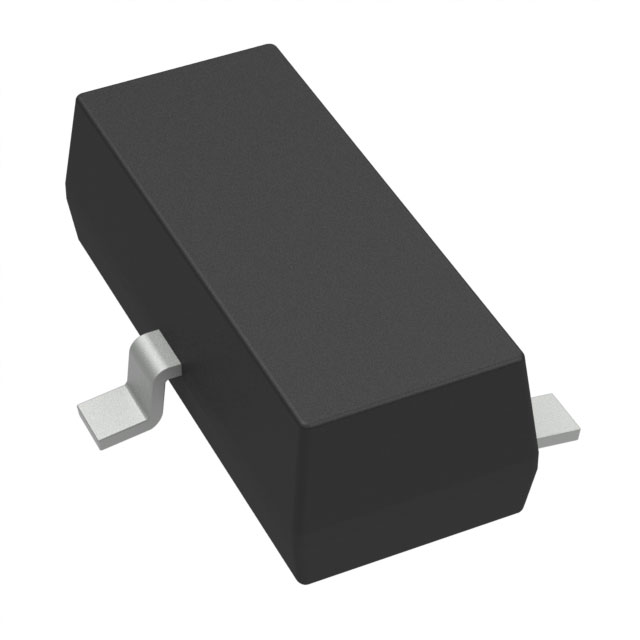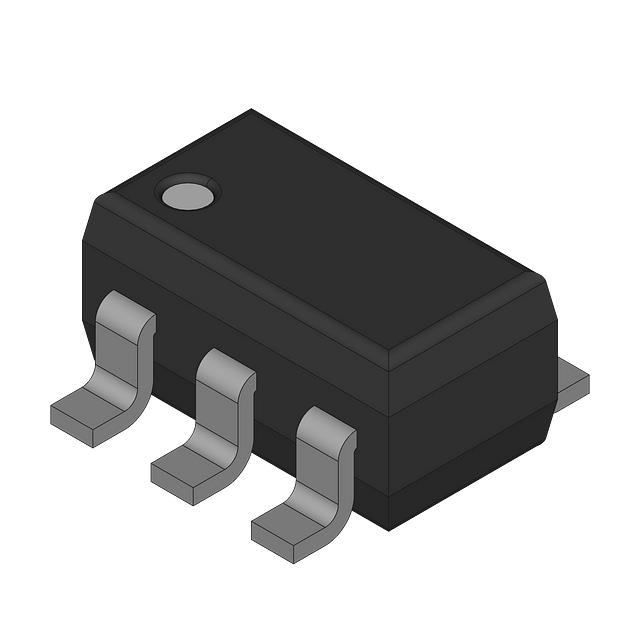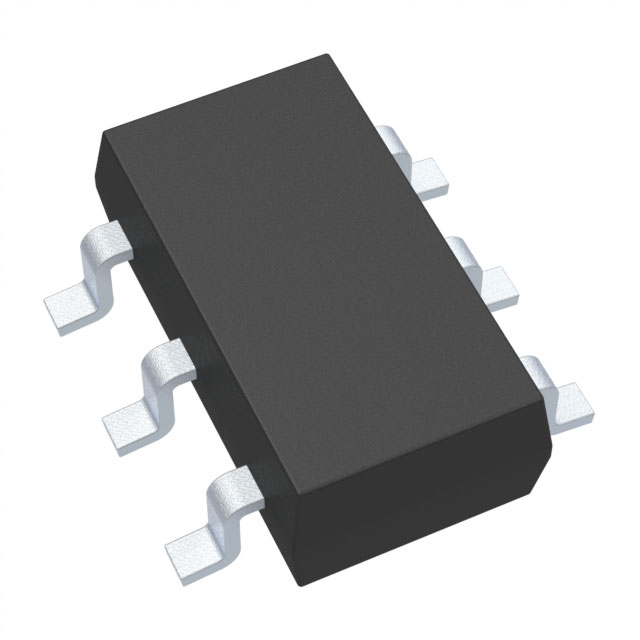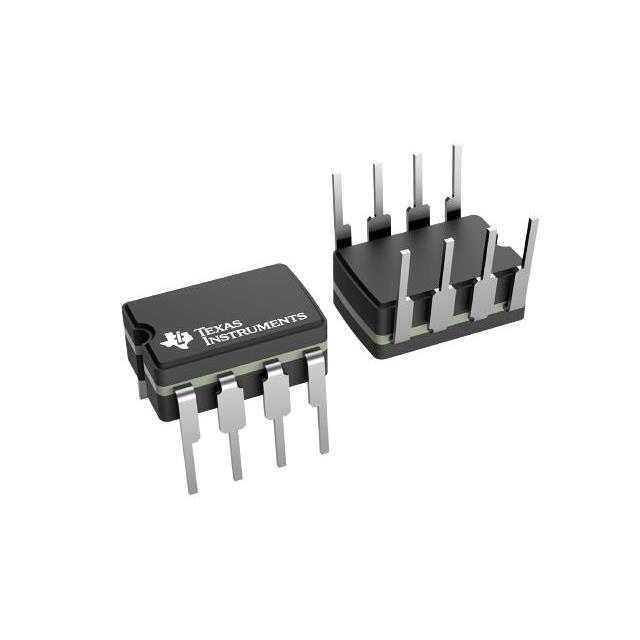Categories
- Voltage Reference(8,325)
- 1
- 2
- 3
- 4
- 5
- 6
- 250
Description of Voltage Reference
Products in the voltage reference family are designed to provide a stable, well-defined electrical potential from a less predictable source. This stable voltage is used as a benchmark for measurement, control, and similar applications. Although voltage references might function similarly to linear voltage regulators, they're not meant for bulk power regulation. Their ability to serve as accurate standards of comparison generally decreases as their output current capacity or the actual current drawn by a load increases.
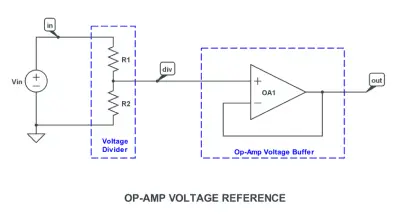
What is a Voltage Reference?
A voltage reference is a precision analog device designed to maintain a constant output voltage. Its performance is crucial for the stability and reliability of the entire system. Besides high accuracy, essential features for a voltage reference include low temperature drift, low noise, and low power consumption, all of which are necessary to meet the increasingly strict requirements of various electronic devices.
What Are the Key Features of Voltage Reference Chips?
High accuracy and low noise are fundamental requirements for voltage reference sources. They need to remain stable under varying external conditions such as temperature changes, environmental stress, and time. These external factors can impact the performance of the voltage reference, so different performance parameters are used to gauge the quality of the reference source. These include initial accuracy, temperature drift, noise, long-term drift, voltage adjustment rate, load regulation, input/output voltage, and power supply rejection ratio (PSRR).
Frequently Asked Questions
What is a reference voltage value?
In computer science, a reference voltage is a steady voltage used to control the current in electronic devices like LEDs. It helps in providing independent current control for each component.
What is the difference between a voltage source and a voltage reference?
A voltage source provides the voltage value from its supply, while a voltage reference is created within a circuit to evaluate input and output signals.
How to make a reference voltage?
Vbe has a temperature coefficient of -2mV/K at room temperature, and Vt has +0.085mV/K. By multiplying Vt by about 23.5 and adding it to Vbe, you can achieve a zero temperature coefficient. Given that Vt is typically 26mV at 300K and Vbe is 0.65V, you end up with a reference voltage of around 1.26V.
What is the most common voltage reference?
The most common voltage reference uses a bandgap. This method cleverly employs two transistor junctions with different current densities and temperature coefficients. By subtracting the two voltages with opposing temperature coefficients, you get a nearly flat temperature curve.
What is a 5-volt reference voltage?
The basic idea is straightforward: a 5-volt reference flows through a sensor with resistance that changes with temperature, pressure, or position. Due to this variable resistance, the signal return voltage to the ECM will always be less than the reference voltage.







